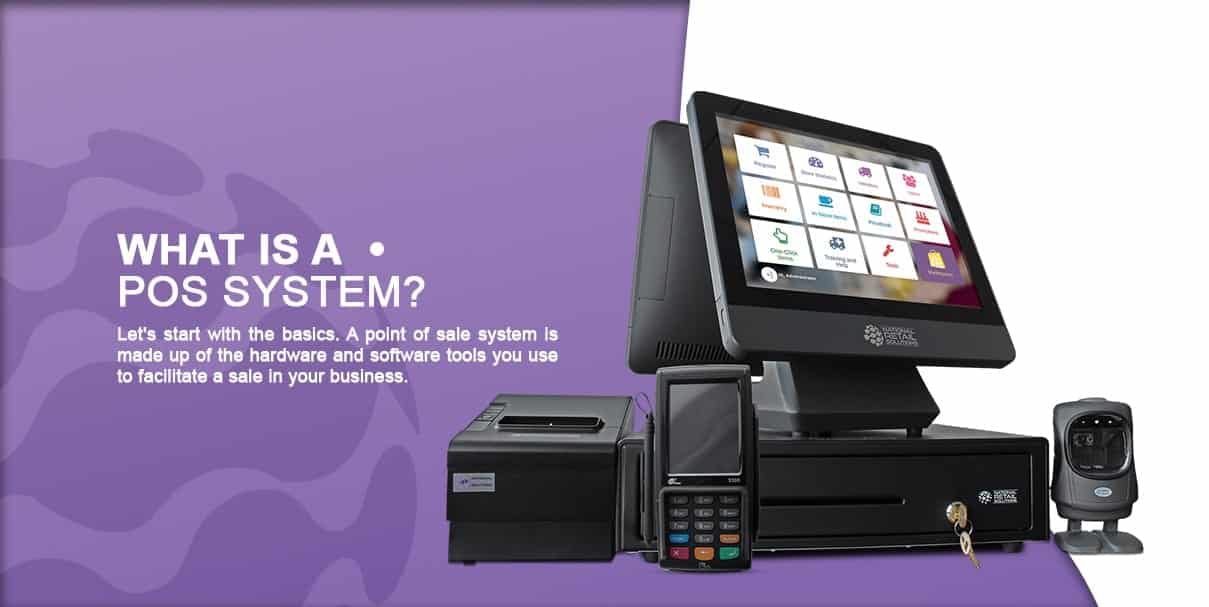How POS System Works: A Comprehensive Guide for Company Owners

Comprehending the Parts of a POS System

How Sales Deals Are Processed
When a customer chooses to purchase, the sales purchase starts a series of systematic steps within the POS system. Initially, the cashier inputs the things being acquired, which are scanned through a barcode reader or manually gone into. This action recovers item information, consisting of prices and suitable tax obligations, from the system's database.Next, the consumer exists with the complete amount due. The POS system then refines the payment, whether through cash money, credit card, or mobile payment approaches (Restaurant POS Software). For digital settlements, the POS firmly interacts with settlement processors to authorize and confirm the transaction.Once the repayment is verified, the system generates an invoice, which can be printed or sent out electronically. This receipt offers as receipt for the client. The purchase data is videotaped in the system, guaranteeing exact sales records and financial monitoring for the service.
Inventory Administration and Tracking

Reliable inventory management and tracking are crucial parts of a POS system, as they guarantee that services keep suitable supply degrees and reduce inconsistencies. A robust POS system permits real-time stock updates, mirroring returns and sales instantaneously. This allows local business owner to check stock levels precisely, making sure that preferred things are readily offered while protecting against overstocking of much less prominent products.Additionally, progressed POS systems supply features such as automatic stock signals and reorder tips, simplifying the purchase procedure. Barcoding and RFID technology improve precision in tracking supply movement, minimizing human error. Substantial reporting tools give insights right into inventory turn over prices, assisting businesses make informed decisions about acquiring and item offerings. Inevitably, efficient stock administration through a POS system not just boosts operational performance but also enhances consumer fulfillment by making certain item accessibility.
Analyzing Customer Information and Insights
Consumer information analysis works as an effective device for organizations using a POS system (Restaurant POS Software). By collecting and examining transaction data, companies can uncover valuable insights concerning consumer habits and preferences. This analysis enables them to determine buying trends, peak purchasing times, and prominent items, thereby informing supply decisions and marketing strategies.Additionally, organizations can section their client base, permitting individualized advertising initiatives that accommodate particular demographics or purchasing routines. Comprehending client loyalty patterns additionally aids in establishing targeted rewards and promotions programs.The information obtained from a POS system can also reveal insights right into customer responses, enabling organizations to make educated choices pertaining to product offerings and service improvements. Eventually, leveraging customer information properly can improve the total purchasing experience, foster client complete satisfaction, and drive income growth
Benefits of Applying a POS System

Frequently Asked Questions
What Sorts Of Businesses Can Benefit From a POS System?
Different organizations take advantage of a POS system, including retailers, dining establishments, hair salons, and shopping systems. These systems simplify deals, supply management, and consumer information, boosting more info functional effectiveness and improving client experience across diverse markets.
Just how much Does a POS System Commonly Expense?
The price of a POS system commonly varies from a few hundred to several thousand dollars, relying on functions, equipment, and software application. Companies should take into consideration continuous costs for upkeep, transaction, and assistance processing when budgeting.
Can I Incorporate a POS System With Existing Software?
Incorporating a POS system with existing software is commonly possible. Lots of systems provide APIs or built-in compatibility attributes, allowing companies to streamline operations and enhance functionality by linking numerous software program applications successfully.
What Training Is Needed for Staff to Utilize a POS System?
Training for team to use a POS system usually consists of understanding software program capabilities, refining deals, handling inventory, and dealing with client communications. Practical demos and hands-on session boost effectiveness and self-confidence being used the system properly.
What Takes place if the Web Drops While Making Use Of a POS System?
If the web decreases during POS system use, deals might be interrupted. Several systems supply offline capabilities, allowing basic operations to proceed, but complete performance, including real-time inventory updates, will be limited. A Point of Sale (POS) system is composed of a number of vital parts that work together to help with deals and manage business operations. Reliable supply administration and monitoring are crucial elements of a POS system, as they ensure that organizations keep excellent supply levels and lessen disparities. Consumer information analysis offers as a powerful tool for companies read more utilizing a POS system. Comprehending client commitment patterns additionally assists in establishing targeted promos and incentives programs.The information gleaned from a POS system can likewise expose insights right into customer feedback, allowing companies to make informed choices concerning product offerings and solution improvements. Implementing a POS system uses countless advantages that can greatly improve organization procedures.